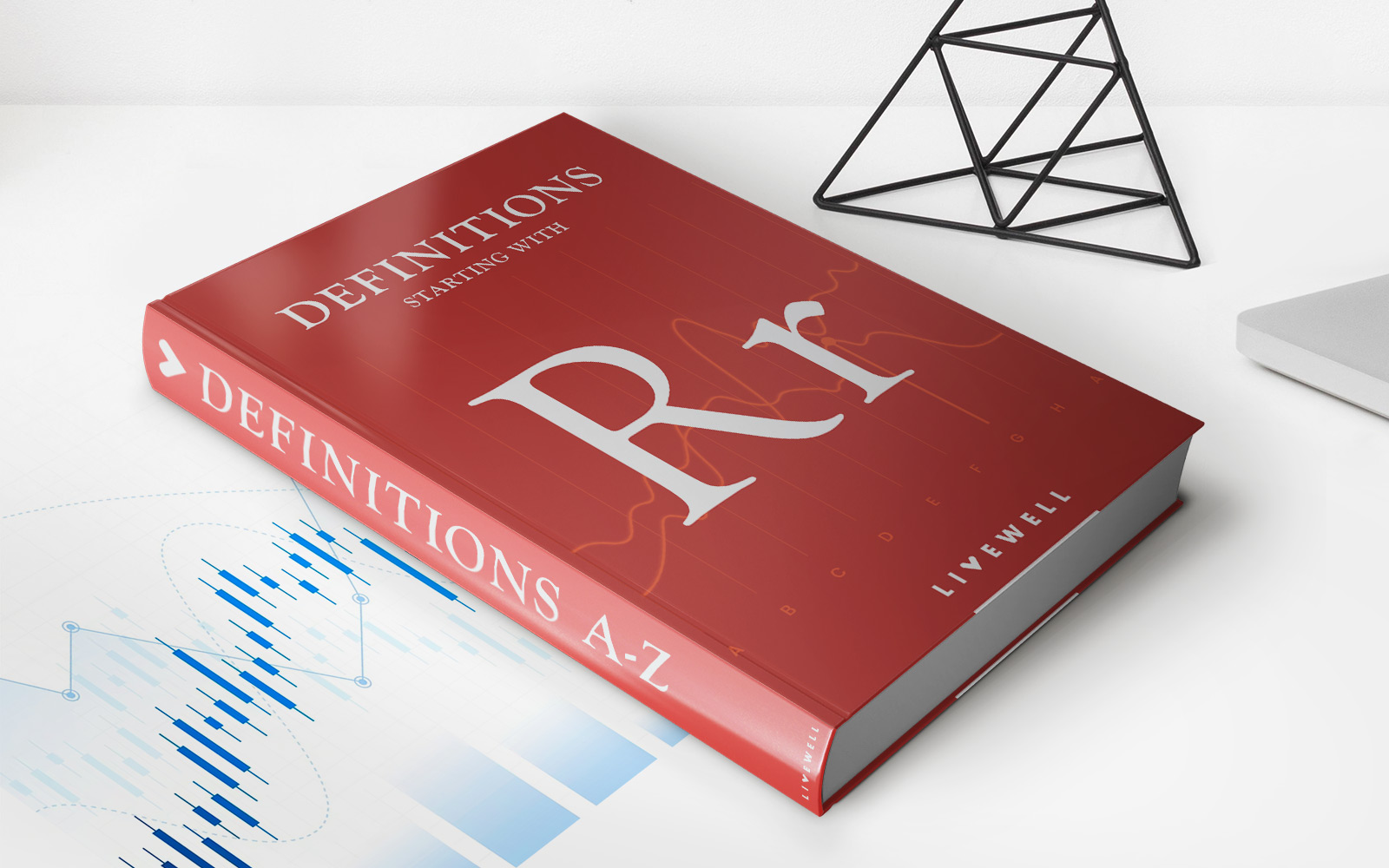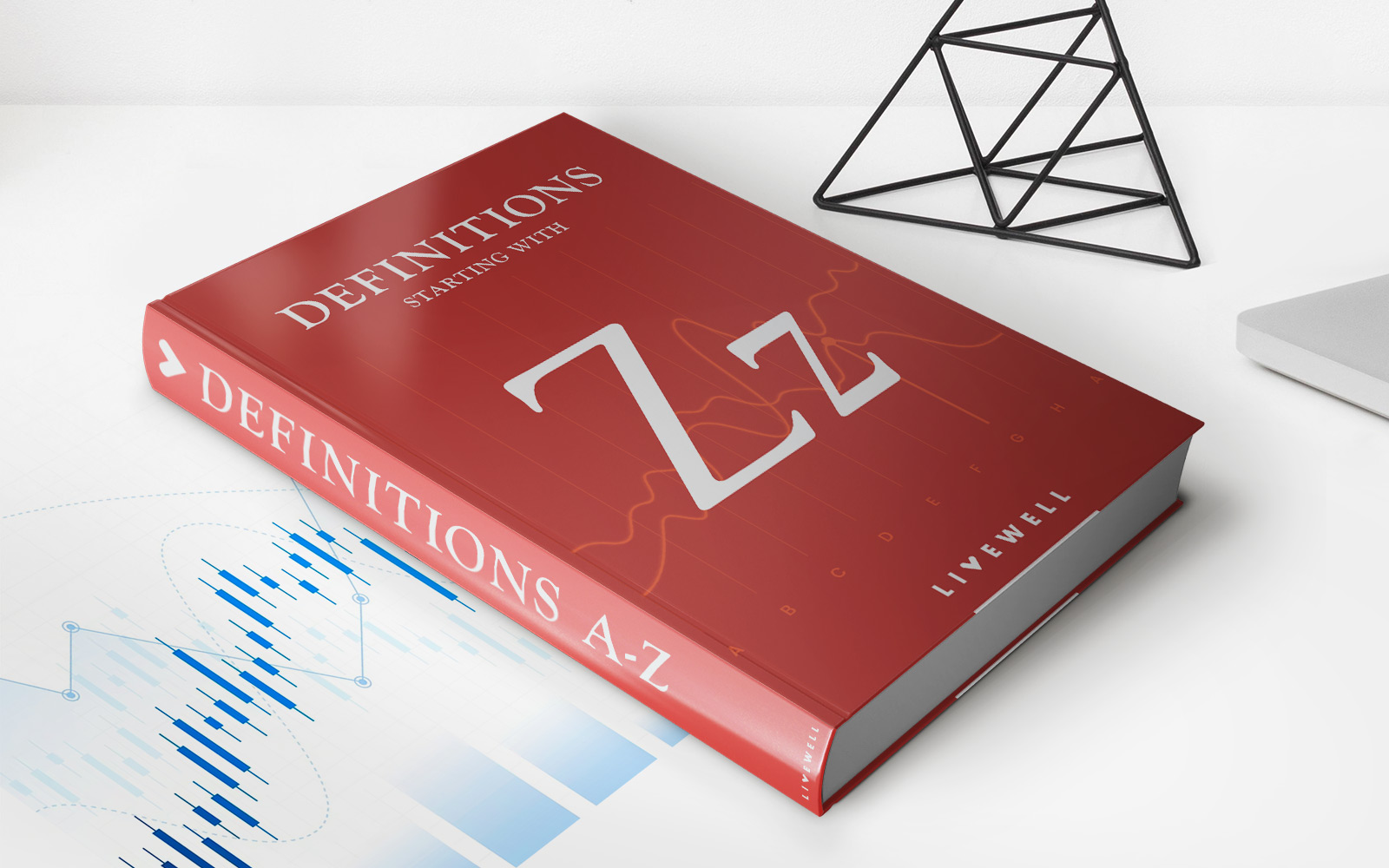Home>Finance>Rupee: Definition, Value, And Examples Of Indian Currency


Finance
Rupee: Definition, Value, And Examples Of Indian Currency
Published: January 22, 2024
Discover the definition, value, and examples of Indian currency - the Rupee. Explore the intricacies of finance with this comprehensive guide to the Rupee.
(Many of the links in this article redirect to a specific reviewed product. Your purchase of these products through affiliate links helps to generate commission for LiveWell, at no extra cost. Learn more)
Understanding the Rupee: Definition, Value, and Examples of Indian Currency
Welcome to the world of Indian currency! In this article, we will explore the fascinating world of the Rupee, India’s official currency. Whether you’re planning a trip to India, curious about its economic significance, or simply interested in currencies, this blog post will provide you with valuable insights into the Rupee.
Key Takeaways:
- The Rupee is the official currency of India.
- It is one of the oldest currencies in the world, with a rich history dating back several centuries.
A Brief History of the Rupee
The word “Rupee” originates from the Sanskrit word “rupya,” which means “silver coin.” The Rupee has a long and colorful history. It was first issued during the reign of King Sher Shah Suri in the 16th century. Since then, the currency has undergone several transformations, both in terms of design and value.
Over the years, the Rupee has experienced fluctuations in value due to various economic factors, such as inflation and exchange rates. These changes have influenced the purchasing power of the Rupee, making it an essential aspect of India’s economic landscape.
The Value of the Rupee
The value of the Rupee is determined by various factors, including economic indicators, government policies, and global market trends. As with any currency, the value of the Rupee is relative to other currencies, such as the US Dollar, Euro, or British Pound.
It’s important to note that the Rupee is a decimal currency, with 1 Rupee subdivided into 100 paise. However, due to low denominations and inflation, paise are not widely used today, and transactions are typically rounded up to the nearest Rupee.
The Significance of the Rupee in India
The Rupee holds significant cultural and economic importance in India. It serves as a symbol of national identity and represents the stability and growth of the Indian economy. The Reserve Bank of India (RBI) is responsible for issuing and regulating the Rupee, ensuring its integrity and maintaining price stability.
Additionally, the Rupee has a crucial role in international trade, as it facilitates the import and export of goods and services. It also plays a vital role in attracting foreign investments, as global investors assess the strength and stability of a country’s currency before making financial decisions.
Examples of the Rupee Currency
Now let’s take a look at the Rupee in action with some practical examples:
- Paying for Goods and Services: When shopping in India, you will use Rupees to pay for your purchases. Whether it’s buying traditional handicrafts at a local market or enjoying a delicious meal at a restaurant, the Rupee is the currency you’ll need.
- Converting Currency: If you’re traveling to India from another country, you may need to exchange your currency for Rupees. Currency exchange offices and banks can assist you in converting your money to Rupees, allowing you to access the local currency for your expenses.
Remember, it’s always a good idea to familiarize yourself with the current exchange rate before converting your currency.
Final Thoughts
The Rupee is not just a form of currency in India; it represents a nation’s economic strength, heritage, and identity. Its value and significance extend beyond its monetary worth, making it an essential aspect of India’s cultural and economic fabric. So, whether you’re a traveler, investor, or simply curious about currencies, the Rupee offers a fascinating journey into the world of Indian finance.




